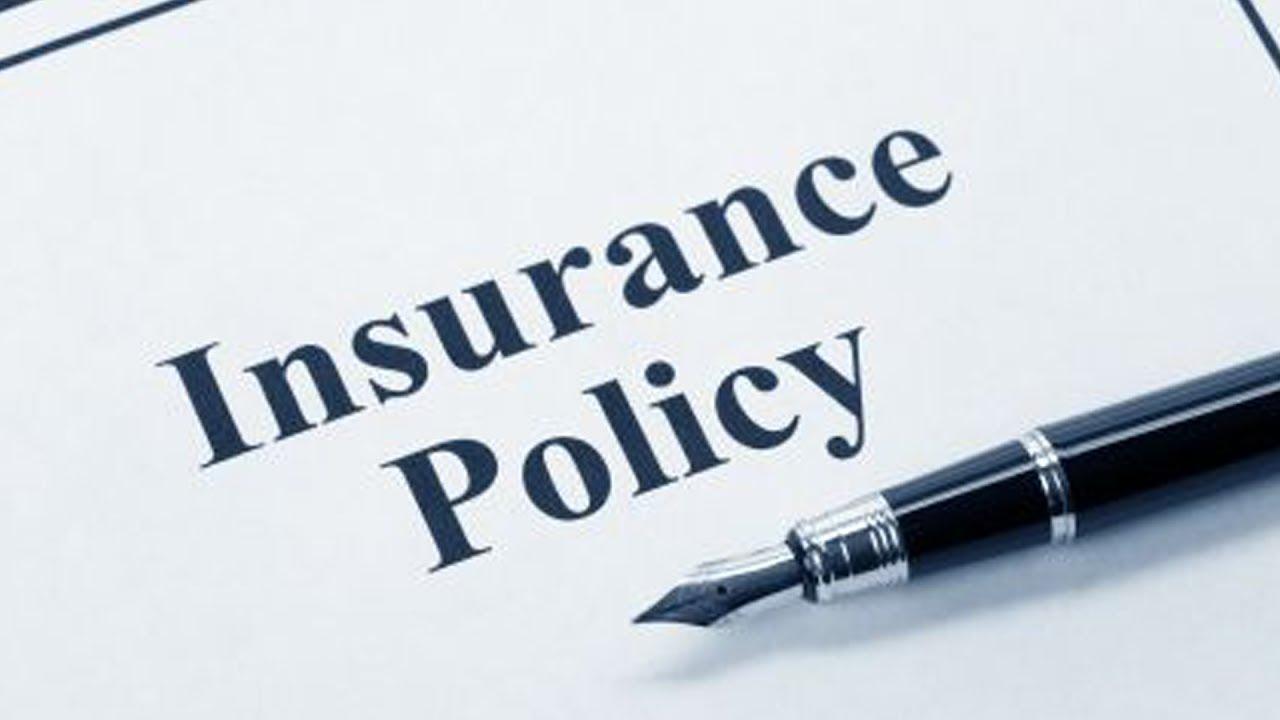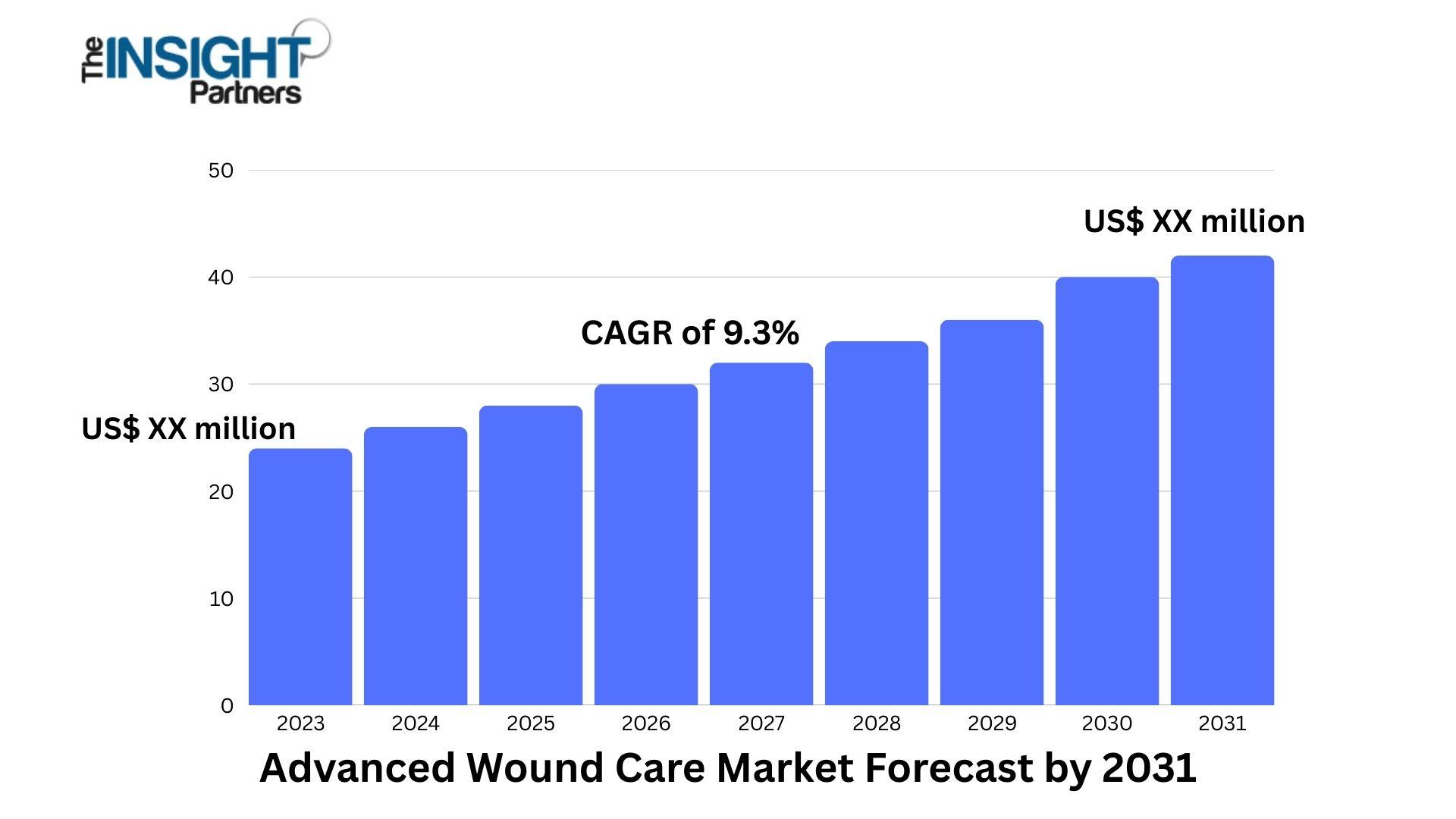How to Conduct Effective Policy Limit Research

Complex insurance and risk management landscape, understanding policy limits is more critical than ever. Policy limits determine the maximum amount an insurer will pay in the event of a claim, directly influencing coverage adequacy, claim strategies, and settlement negotiations.
Conducting effective policy limit research is, therefore, an essential skill for insurance professionals, attorneys, risk managers, and corporate decision-makers alike. This article explores the strategies, tools, and best practices necessary for comprehensive policy limits.
Understanding Policy Limits
Before diving into research methods, it is important to understand what policy limits entail. Policy limits are the maximum financial liability an insurer assumes under a particular insurance policy. They are typically categorized as:
Per-occurrence limits – the maximum payout for a single incident or claim.
Aggregate limits – the total maximum payout within a policy period, often annually.
Sublimits – limits that apply to specific coverages within a broader policy, such as coverage for legal defense costs, personal injury, or property damage.
A clear grasp of these distinctions is crucial, as misinterpreting limits can lead to insufficient coverage, underestimation of potential exposure, or ineffective negotiation strategies.
Steps to Conduct Effective Policy Limit Research
1. Collect Comprehensive Policy Documentation
The first step in any policy limit research process is gathering all relevant policy documents. These include:
Declarations pages, which provide the summary of coverage, including policy limits.
· Endorsements, which modify or expand standard policy terms.
· Exclusion clauses, which identify scenarios or risks not covered.
· Prior claims data or loss runs, which can give context to policy utilization.
Having a complete set of documents ensures that no critical information is overlooked, particularly concerning complex policies that may have multiple layers of coverage or differing limits for various risks.
2. Analyze Policy Language Carefully
Insurance policies often contain dense and technical language. Conducting effective research requires careful examination of the wording to:
· Confirm the exact limits of liability.
· Identify any conditions that might affect the applicability of limits.
· Understand distinctions between primary, excess, and umbrella coverage.
Legal terminology can be subtle but impactful. For instance, the difference between “per occurrence” and “per claim” could dramatically affect the coverage in cumulative claims scenarios.
3. Map Policy Limits Across Multiple Policies
Many organizations maintain multiple insurance policies, such as general liability, professional liability, cyber liability, and directors and officers (D&O) insurance. Effective research requires consolidating and mapping the limits across all relevant policies to:
· Identify gaps or overlaps in coverage.
· Determine the total available coverage in the event of multiple claims.
· Understand how primary and excess policies interact, especially when coverage triggers differ.
· Creating a visual map or chart of policy limits across policies can help stakeholders quickly grasp the organization’s total risk exposure.
4. Consult Applicable Statutes and Regulatory Requirements
Insurance regulations can vary by jurisdiction and by the type of insurance. It is important to ensure that the researched policy limits comply with legal or contractual requirements, such as:
· Minimum liability limits mandated by state law for auto insurance.
· Required coverage levels for professional liability in certain industries.
· Contractual obligations in vendor agreements, leases, or service contracts.
Compliance not only ensures that the organization avoids penalties but also strengthens its position in claims or disputes by demonstrating due diligence.
5. Use Data Analytics and Historical Claims Data
Policy limit research is not just about reading documents; it also involves analyzing historical data. Evaluating past claims, settlements, and legal judgments can provide insights into whether current policy limits are adequate. For example:
Claims history may indicate recurring risks that could exceed current limits.
Analysis of high-cost claims can highlight potential coverage gaps.
Trend analysis may help forecast future exposure and inform policy adjustments.
Incorporating data-driven insights ensures that policy limits is grounded in practical experience rather than theoretical coverage alone.
6. Engage with Insurance Carriers and Brokers
Direct communication with insurers and brokers can clarify ambiguities in policy language and provide practical insights into how limits are applied in real-world scenarios. Key points to discuss include:
· Policy interpretations in previous claims situations.
· How are defense costs treated in relation to the limits?
· Coordination between primary and excess policies.
Brokers, in particular, can provide comparative insights from multiple carriers, helping identify more suitable policies or limit structures.
7. Document Findings Clearly
Once research is conducted, it is essential to document findings in a clear and structured format. Effective documentation should include:
A summary of each policy’s limits, including sublimits and aggregate limits.
Notations on any ambiguities, exclusions, or unique conditions.
Visual aids, such as tables or charts, show how policies interrelate.
Well-organized documentation allows for easier communication with management, legal teams, and insurers, and serves as a reference for future audits or risk assessments.
8. Review and Update Periodically
Policy limits is not a one-time task. Insurance needs and exposures evolve, and policies are periodically renewed or modified. Establishing a routine review process ensures that:
Policy limits remain aligned with organizational risk exposure.
New regulatory or contractual requirements are incorporated.
Changes in business operations, such as mergers, acquisitions, or expansions, are reflected in coverage.
A proactive approach reduces the risk of uncovered exposures and helps maintain optimal coverage over time.
Best Practices for Effective Policy Limit Research
Cross-functional collaboration: Engage legal, finance, risk management, and operational teams to gain a comprehensive understanding of exposure.
Standardized templates: Use templates for documenting policy limits to ensure consistency and facilitate comparison across policies.
Scenario planning: Test policy limits against potential high-impact scenarios to identify gaps.
Continuous learning: Stay informed about emerging risks and insurance industry trends, such as cyber threats or climate-related risks, which may require specialized coverage.
Conclusion
Conducting effective policy limit research is a critical component of risk management and insurance strategy. By systematically gathering documents, analyzing policy language, mapping limits across multiple policies, leveraging data, consulting with carriers, and maintaining clear documentation, organizations can ensure they have a thorough understanding of their coverage.








